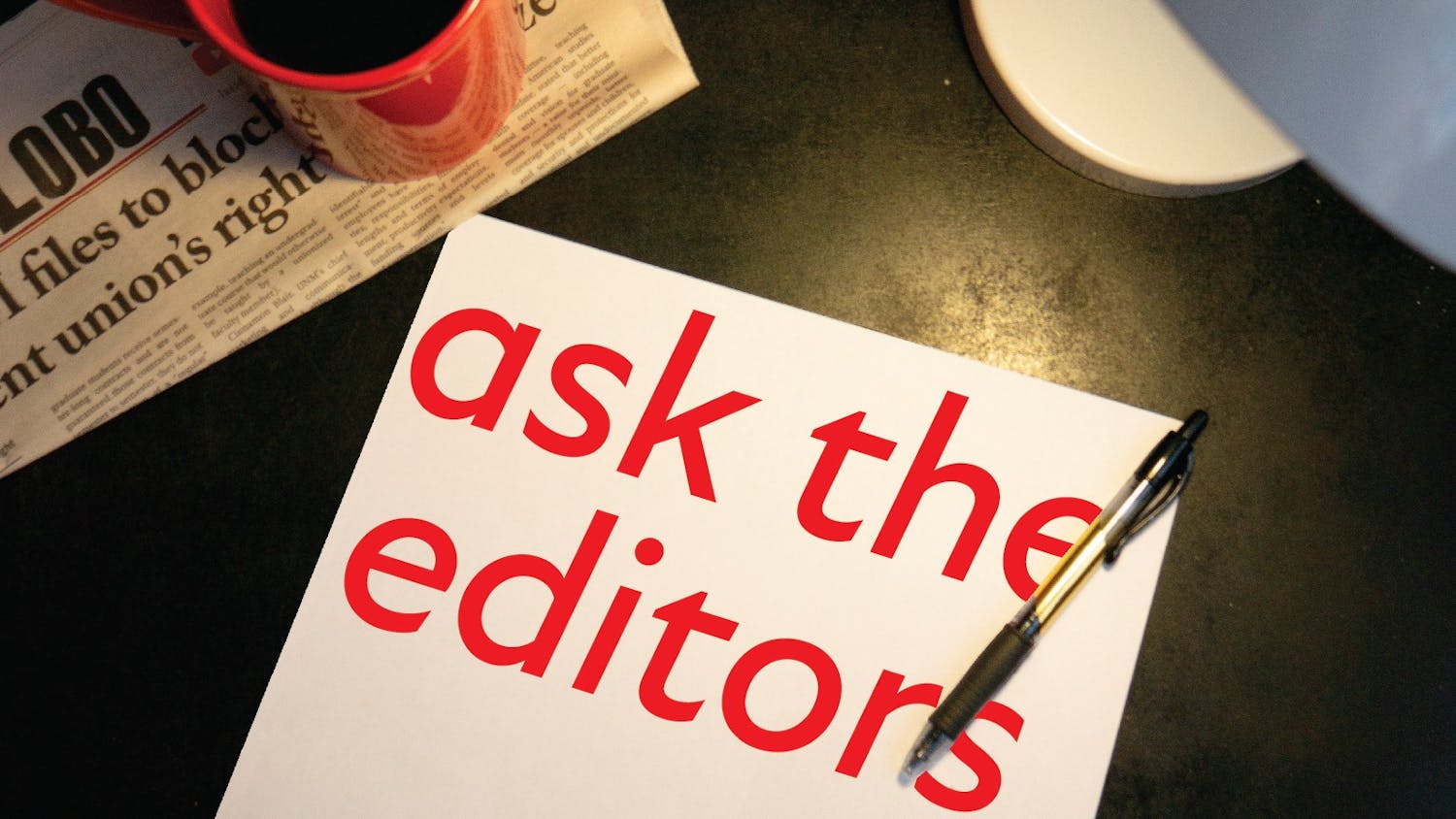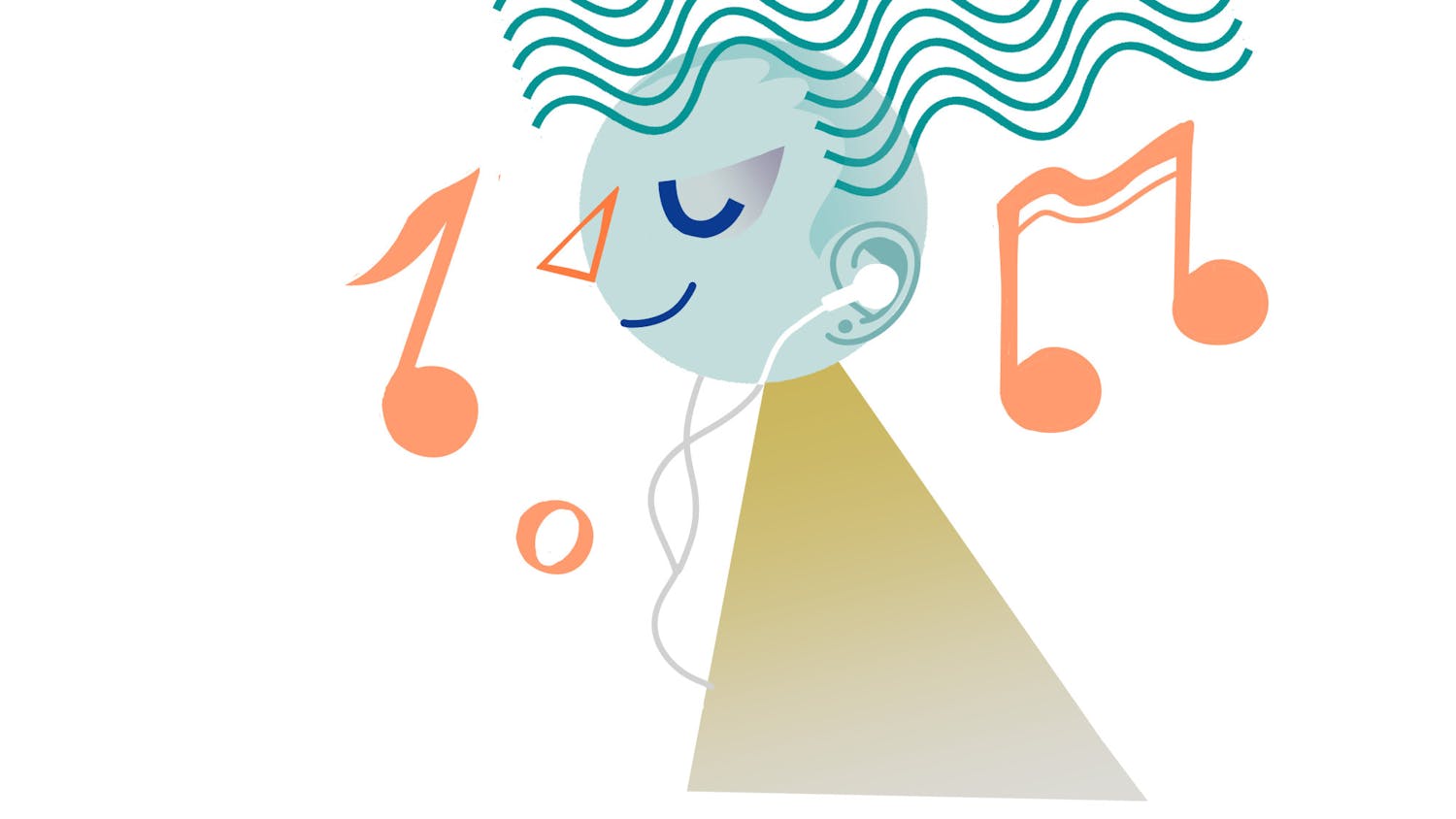culture@dailylobo.com
When I shook former Playboy columnist Herbert Gold’s hand at the intersection of Columbus Avenue and Broadway Street in San Francisco, I couldn’t even say hello.
All I could think was that the hand I was shaking had touched Jack Kerouac’s hand, and the mouth talking to me had read aloud to Allen Ginsberg and Kerouac. Their feet had stood next to each other. I was in the presence of greatness.
My obsession with the beat generation began in high school when I read Kerouac’s “The Dharma Bums,” and I immediately decided I would spend my life road-tripping, wining and dining, talking to everyone I could and maybe writing once in a while — it hasn’t quite worked out like that, but maybe someday.
An epic road trip through New Mexico, Arizona and California in a ’77 Datsun named Marigold eventually led me to the Beat Museum on Columbus and Broadway in San Francisco. The museum, surrounded by strip clubs such as Garden of Eden and the Condor Club, is home to everything from naked pictures of Ginsberg to the typewriter on which Kerouac wrote “On the Road” in three weeks on one huge piece of paper.
I randomly ran into beatnik Herbert Gold during the last two minutes the museum was open. Gold went to Columbia University with Ginsberg and Kerouac in their formative years, and according to Beat Museum founder Jerry Cimino, Gold hated Kerouac’s guts.
“They were going after all the same girls, and you know how that is,” Cimino said.
When Kerouac’s famous book “On the Road” was first published, Gold wrote a scathing review on what would become the most famous beatnik piece of literature.
“Ginsberg and Kerouac are frantic,” Gold wrote in the review. “They care too much, and they care aloud. I’m hungry, I’m starving, let’s eat right now! That they care mostly for themselves is a sign of adolescence…”
“On the Road” is one of my favorite books of all time, but the fact that Gold didn’t like it made no difference to me.
Gold admits he “sure got that one wrong,” according to Cimino.
In his 20s, Cimino sent his poetry to Ginsberg for review.
Get content from The Daily Lobo delivered to your inbox
Ginsberg read the poems and simply wrote at the top of the page “keep writing.” When aspiring beat poets send their poetry to Cimino, he tells them the same thing.
“I don’t say it’s good or bad. I just tell them to keep doing it,” he said.
Cimino has met most of the beats, hung out with many of them and finally decided to open a museum. In the spirit of traveling, he and his dear friend John — the son of beatnik activist Neal Cassady — took the museum on the road, displaying it wherever somebody would put them up. He finally chose its current location, across from City Lights Booksellers & Publishers and amid the strip clubs, because of its surroundings.
“People said it was a bad area. ‘Why would you want the museum next to strip clubs?’” Cimino said. “But I studied the neighborhood at night for six nights in a row and it’s nothing.
The clubs were the old jazz clubs where they hung out, so it makes sense.”
I visited City Lights, sat in Caffe Trieste where Francis Ford Coppola wrote the screenplay for “The Godfather,” and got a drink in Vesuvio, where the poets would get smashed. But nothing compared to the stories of Gold and Cimino.
The surrounding area was as unbeatlike as it can get — drunk yuppies with no shirts on boasting about going to strip clubs — but I had found what I was looking for.





